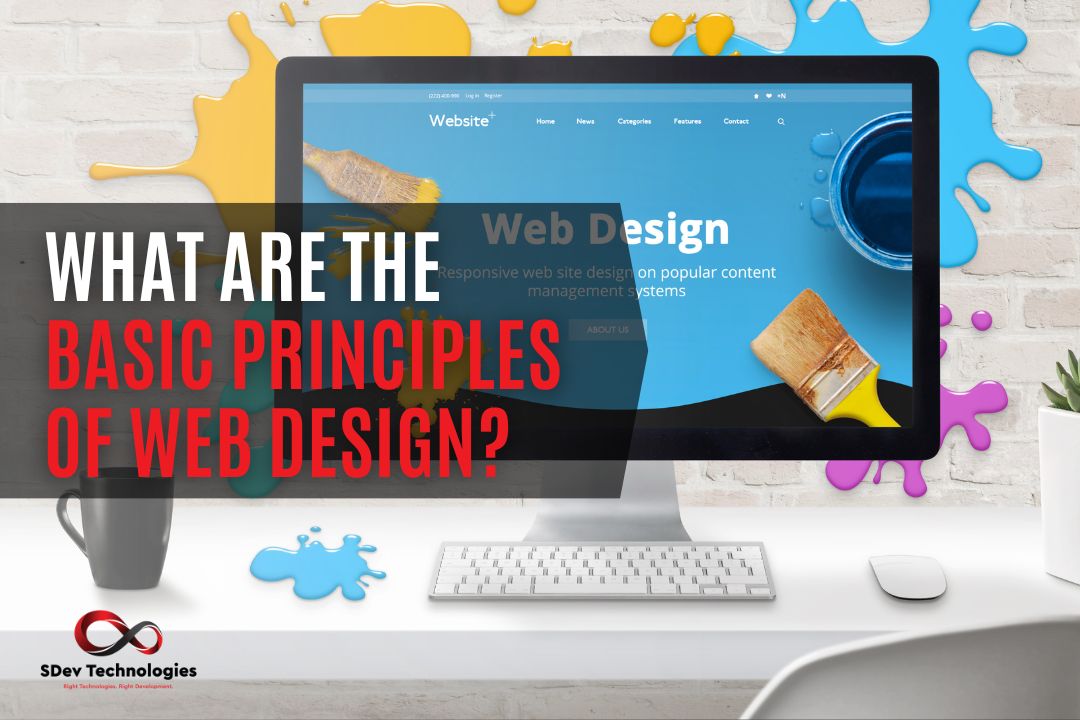Web design is an art, which is why sites look different from each other. However, it’s also a science. That’s why the most successful ones share qualities based on universal truths all self-respecting designers understand.
What Are the Basic Principles of Web Design?
The basic principles of web design are clear purpose, lucid content, painless navigability, fast loading time, unfailing screen responsiveness, and test-based layout. Learn more about these six fundamentals.
Site Purpose Must Be Clear
Sites with bad design, on the other hand, have an identity crisis. They can have incoherent visual elements, inconsistent messaging, and missing or inappropriate calls to action.
Content Must Be Lucid
Wise site owners know that internet users want the path of least resistance to get the information they need. That’s why they publish copy whose readability matches the expertise level of its intended audience.
Understanding that most of their visitors initially scan what they look for, site owners favor content pieces broken by headers with bold words and phrases instead of large chunks of plain text. They embrace white space and accent colors to assist readability.
Everything Must Be Navigable
Moreover, the best websites act as little Googles. If you plan to maintain a business blog and a knowledge base for tutorials, frequently asked questions, etc., your site must have a robust search feature that can return logical results for queries.
Pages Must Load Fast
Good web design emphasizes speedy loading times. The web has abundant information, so internet users are rightfully impatient. They’ll give your site a chance as long as it takes less than two seconds to load and be accessible.
Fast loading speed can positively impact your site’s reputation, too. It indicates that you maintain your site and value user experience.
Design Must Be Responsive
Speaking of user experience, good web design is synonymous with mobile responsiveness. If you want to increase your site’s stickiness and send your message across, make sure its pages can adapt to any screen and browser window size.
Layout Must Be Data-Based
Falling in love with your page layouts even if they’re unpopular among your visitors is bad practice. Web design is about them, not you, so test the effectiveness of your pages early and often and polish them along the way until you craft their best versions.







